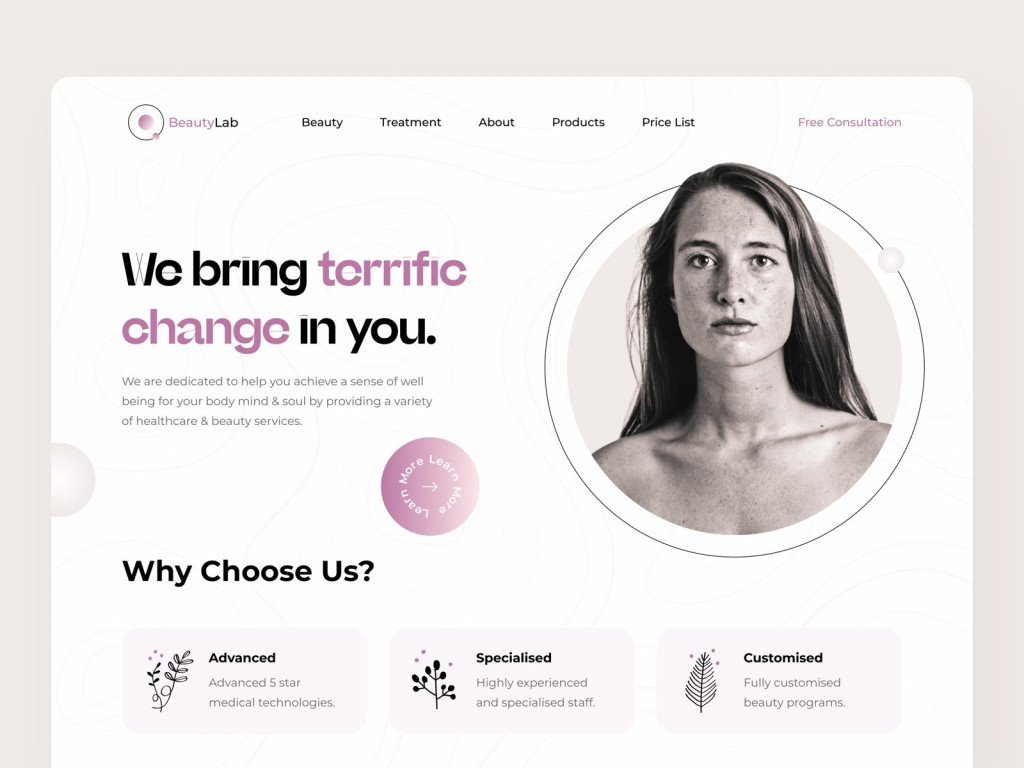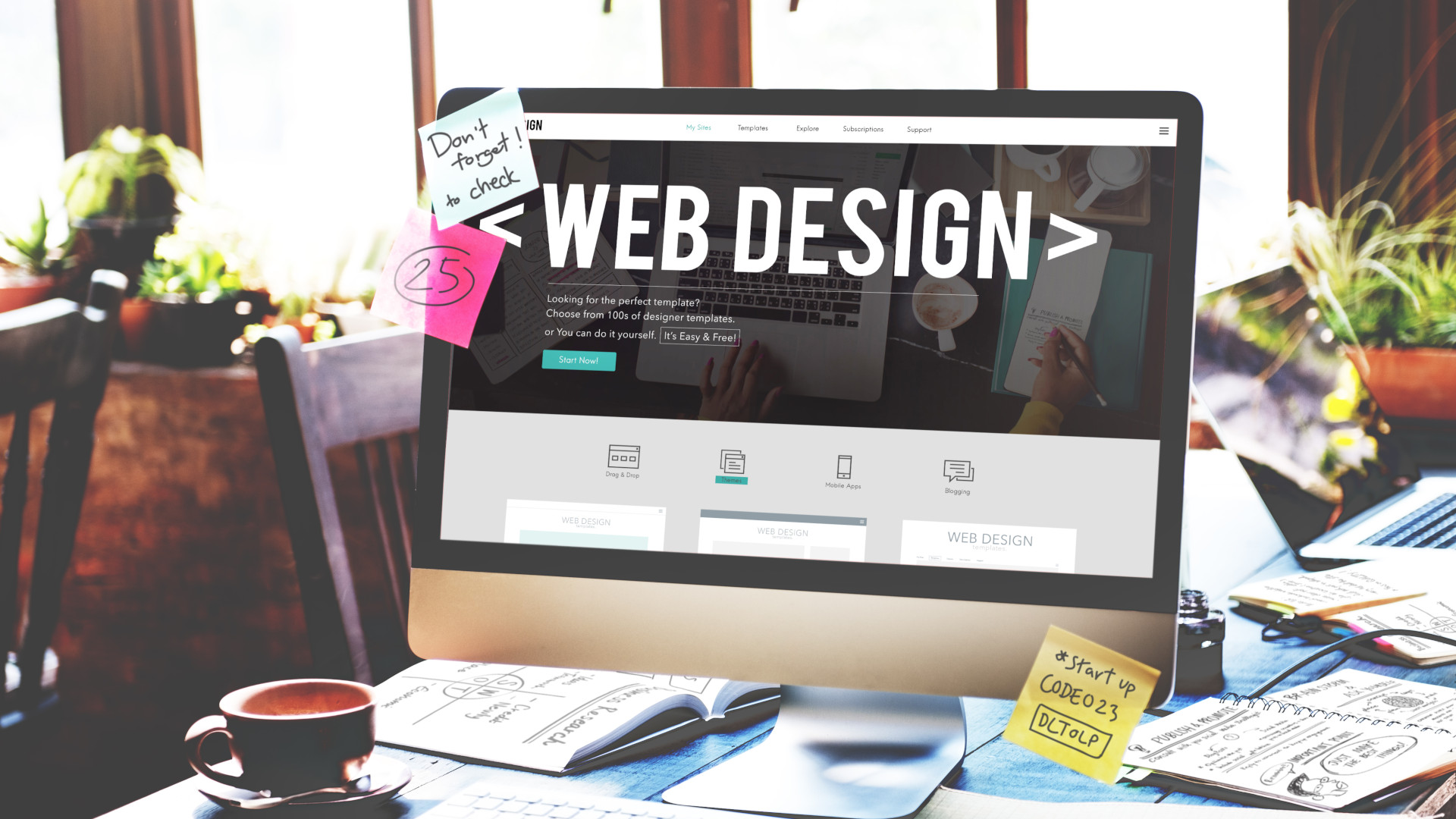Future Patterns to Enjoy in Website Design Technology
Future Patterns to Enjoy in Website Design Technology
Blog Article
The Power of User-Centered Web Site Style in Expanding Your Online Audience
Reliable layout principles-- such as user-friendly navigation and accessibility-- are important in fostering user satisfaction and commitment. What strategies can companies take on to ensure their layouts reverberate with customers and eventually drive growth?

Understanding User-Centered Design
User-Centered Style (UCD) is an essential strategy to website development that focuses on the demands, choices, and habits of end individuals throughout the style procedure. This technique stresses recognizing individuals deeply-- with research methods such as interviews, studies, and functionality screening-- to produce a web site that resonates with them. By incorporating individual responses at every phase, developers can guarantee that the end product straightens closely with user assumptions.
UCD advertises iterative layout, where models are evaluated and refined based on customer interactions and experiences. This cycle not only improves usability but also promotes a sense of possession among users, as they feel their input is valued and impactful. In addition, UCD assists recognize prospective barriers and discomfort points in the customer journey, allowing developers to deal with these difficulties proactively.
Ultimately, welcoming UCD results in websites that are a lot more intuitive, interesting, and reliable. By putting customers at the center of the layout process, companies can create electronic experiences that not only bring in but additionally keep their target market, driving greater satisfaction and commitment. In a competitive on-line landscape, this method is important for accomplishing continual success.
Secret Principles of User Experience
A successful customer experience (UX) depends upon a number of vital principles that assist the design process and improve communication in between users and the web site. Usability is critical; the internet site must be user-friendly, enabling customers to browse conveniently and find info promptly. This consists of clear labeling and a sensible structure that minimizes cognitive load.
Secondly, availability plays a critical role in guaranteeing that all individuals, no matter their handicaps or capacities, can effectively engage with the website. Incorporating alt text for images, keyboard navigation, and screen reader compatibility fosters inclusivity.
Consistency is another essential principle. A natural style language, from color pattern to typography, helps customers construct knowledge and depend on with the site (Website Design). It also strengthens brand name identity
Furthermore, feedback mechanisms are essential. Customers ought to obtain clear and instant actions to their activities, whether via aesthetic hints or confirmation messages, which enhances their self-confidence in browsing the site.
Last but not least, mobile responsiveness can not be forgotten. With a raising number of customers accessing sites via smart phones, a style that adapts flawlessly to various display sizes is vital for maintaining a favorable user experience.

Benefits for Online Engagement
Reliable online interaction provides numerous benefits that can significantly boost a site's general performance - Website Design. By cultivating significant interactions in between individuals and the web site, organizations can grow a devoted audience that returns with uniformity. Engaged customers are more probable to share content, consequently enhancing natural reach and drawing in brand-new visitors via word-of-mouth promotion
Boosted online interaction also causes improved customer fulfillment. When customers discover an internet site that reverberates with their needs, they are extra inclined to explore its offerings extensively, which can result in greater conversion rates. Additionally, interesting material urges users to invest even more time on the site, minimizing bounce prices and positively affecting search engine ranking algorithms.
In addition, efficient involvement offers invaluable insights right into customer preferences and habits (Website Design). By examining customer interactions, companies can he said customize their content and design techniques to satisfy the advancing assumptions of their target market. This flexible approach not only improves involvement yet also reinforces the brand name's reputation as user-centric and responsive
Eventually, prioritizing on the internet involvement via user-centered layout develops a flourishing environment where both the organization and the audience advantage, causing sustained development and success in the electronic landscape.

Methods for Efficient Style
To take full advantage of the advantages of online involvement, using details techniques in site style is extremely important. Initially, intuitive navigation is important; individuals need to conveniently find information without confusion. A well-structured menu, clear labels, and a logical hierarchy enhance the user experience and lower bounce prices.
2nd, receptive style is vital in today's multi-device atmosphere. Making certain that a site adapts perfectly to numerous screen sizes promotes ease of access, thereby suiting a broader audience. This flexibility not only boosts individual contentment yet additionally positively influences internet search engine rankings.
Third, making use of visual power structure overviews users' attention to necessary elements, such as phone call to action (CTAs) Employing contrasting shades, differing font sizes, and calculated spacing can effectively direct customers towards wanted activities, promoting greater communication.
In addition, implementing constant branding throughout all web pages constructs depend on and acknowledgment. A natural color plan, typography, and images enhance brand name identification and produce an expert look.
Last but not least, optimizing loading rates is crucial. Users are less likely to involve with a slow-loading site, making efficiency optimization a critical element of reliable style. By including these techniques, web site creators can improve customer experience and ultimately grow their on-line audience.
Real-World Success Stories
Success tales in user-centered web site style illustrate the substantial advantages of focusing on individual experience. As an outcome, they experienced a 250% rise in on the internet donations, showing how an intuitive design can drive customer interaction and assistance.
An additional engaging instance is that of Airbnb, which used user-centered style principles to improve their reservation process. By simplifying the individual trip and incorporating customized recommendations, they substantially minimized site abandonment rates. This focus on individual experience added to a profits growth of over 70% in a single learn the facts here now year, underscoring the correlation in between properly designed user interfaces and economic success.
Moreover, the ecommerce giant, ASOS, implemented customer screening to fine-tune their mobile app. By addressing user discomfort points, they achieved a remarkable 30% rise in mobile sales. These examples highlight that investing in user-centered layout click now not just enhances user satisfaction yet likewise drives tangible organization outcomes, reinforcing the important function of user experience in attaining on the internet development.
Final Thought
By focusing on user needs and preferences, businesses can produce user-friendly and obtainable digital experiences that foster loyalty and drive conversions. The combination of individual comments throughout the layout procedure not just lowers bounce prices but likewise motivates exploration.
User-Centered Style (UCD) is a fundamental method to site advancement that prioritizes the requirements, preferences, and behaviors of end users throughout the design process. By including customer responses at every stage, developers can make certain that the final item straightens very closely with individual expectations.
A successful user experience (UX) hinges on several vital concepts that lead the style process and enhance communication in between individuals and the site.Success stories in user-centered website layout highlight the substantial advantages of prioritizing user experience. These instances highlight that investing in user-centered design not just improves individual fulfillment yet likewise drives concrete organization outcomes, strengthening the vital role of individual experience in accomplishing online growth.
Report this page